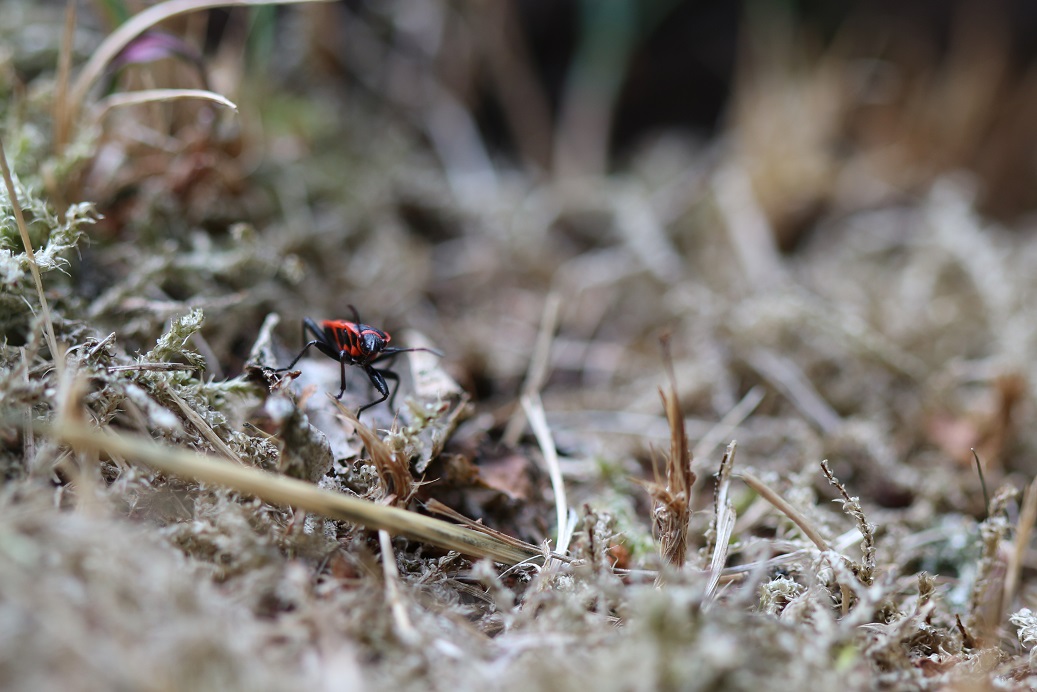I love macro photography, it gives an insight in the small world around is. Unfortunately, I'm really not good at it. When I came across an artificial beehive, I took a chance to get into the bees and try to snap some bee portraits. Out of the hundreds of pictures, only one or two are to my liking. The main thing that throws me off, is focus.
I shoot with a Canon 700D paired with an EF 100mm f/2.8 Macro. Whenever I try to photograph insects from up close, I try to get as close as my lens lets me (so it can still autofocus) and take a bunch of pictures. However, time and time again the subject is only partially in focus. Below are some examples.
As you can see in these examples, it's often the case that a strip, or "band", of the environment is in focus, as one would expect, but this also causes the part of the creature that is a bit further back to be out of focus. I'd rather get rid of that band, and focus solely on the insect. Oftentimes it's things like hind lags or antennae, or the back part of the body that is out of focus but I'd want to be able to have the whole insect into focus. I'm not sure how to approach this.
Two things that I have considered, but I'm not sure if they make sense:
- take a step back, and take a picture from further away and then crop. But this, in turn, would cause more of surroundings to be 'in focus' and I'd like to have this blur in the environment to single out the insect.
- post-processing to sharpen the out-of-focus areas (I'd rather not do this)
- focus manually, but I'm not sure this would have a better result
Any other tips regarding capturing insects are welcome!




